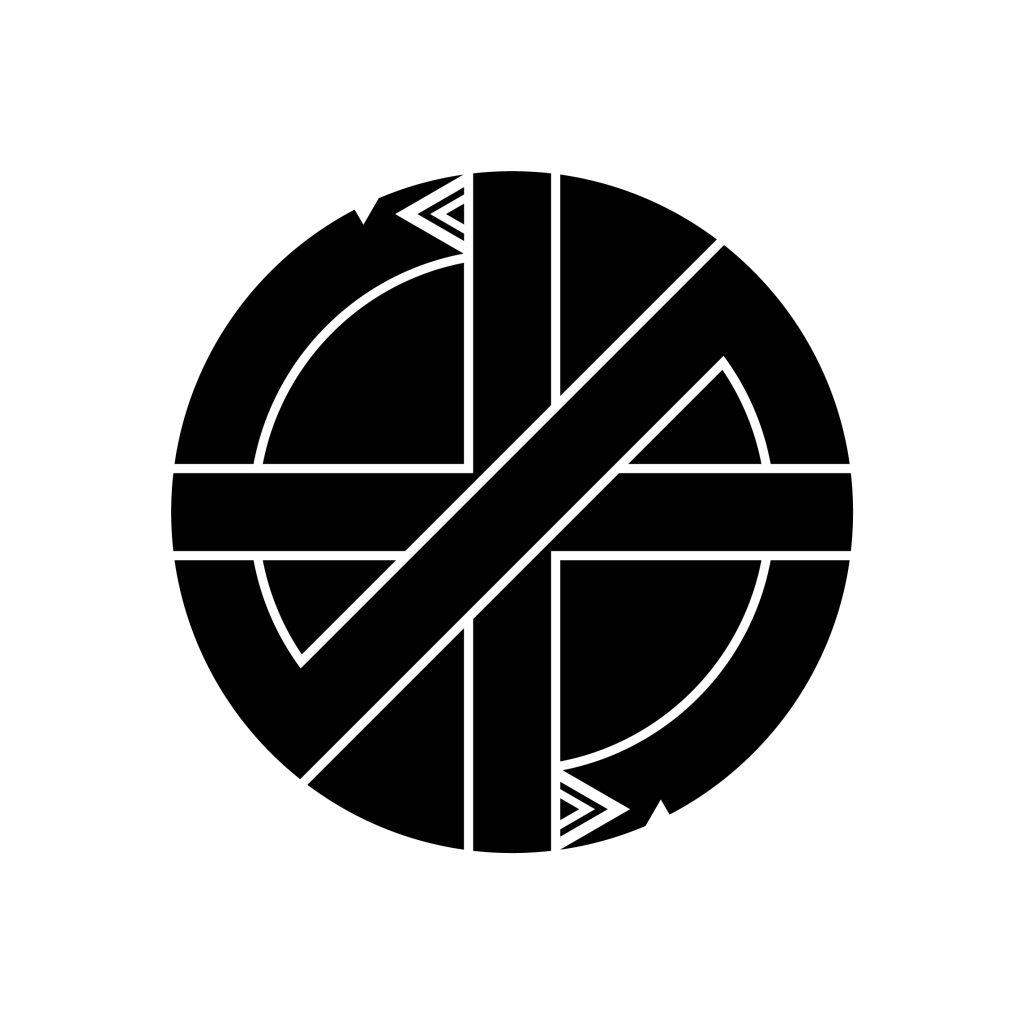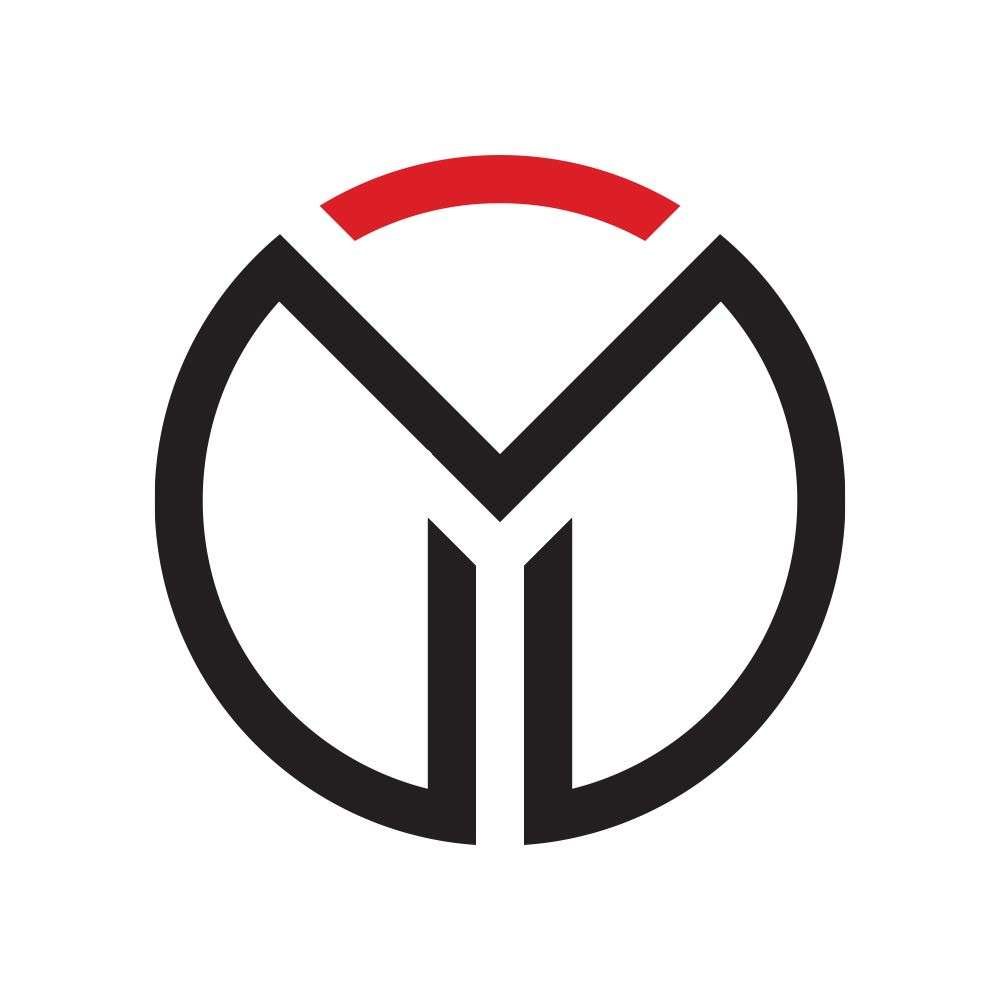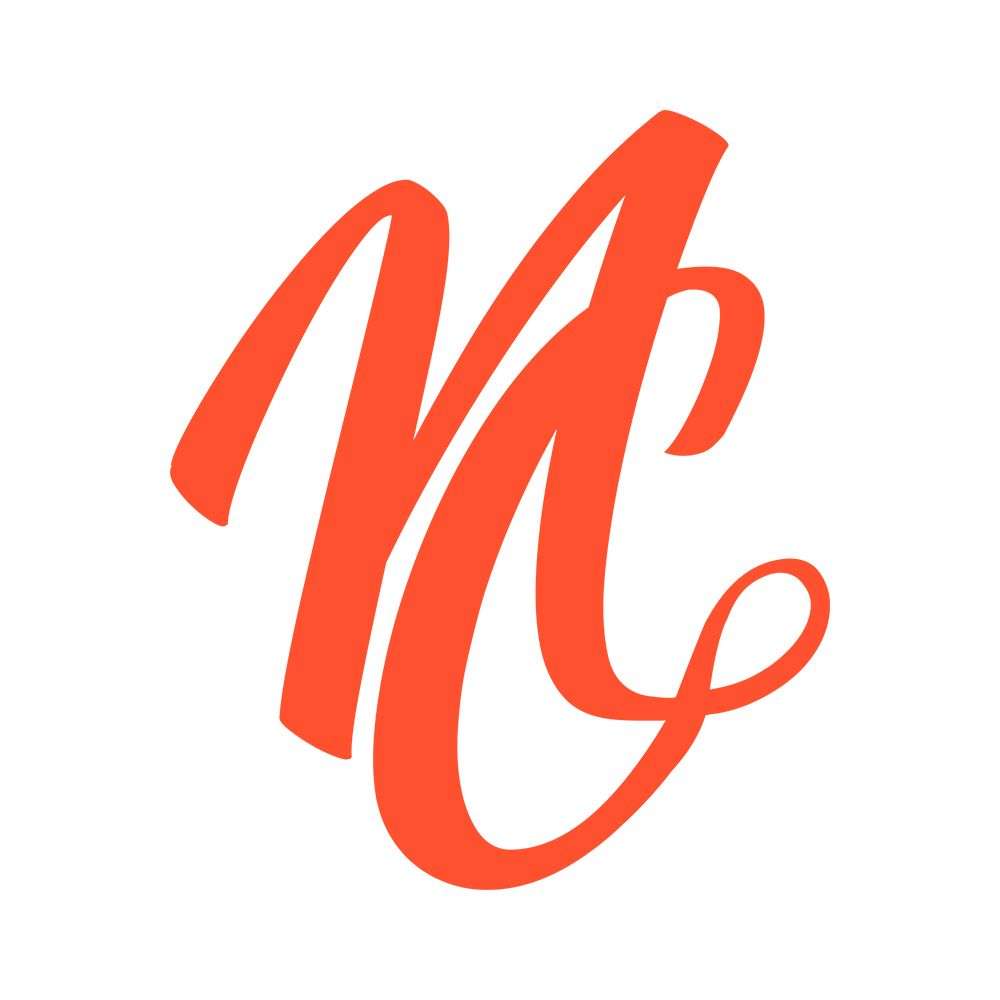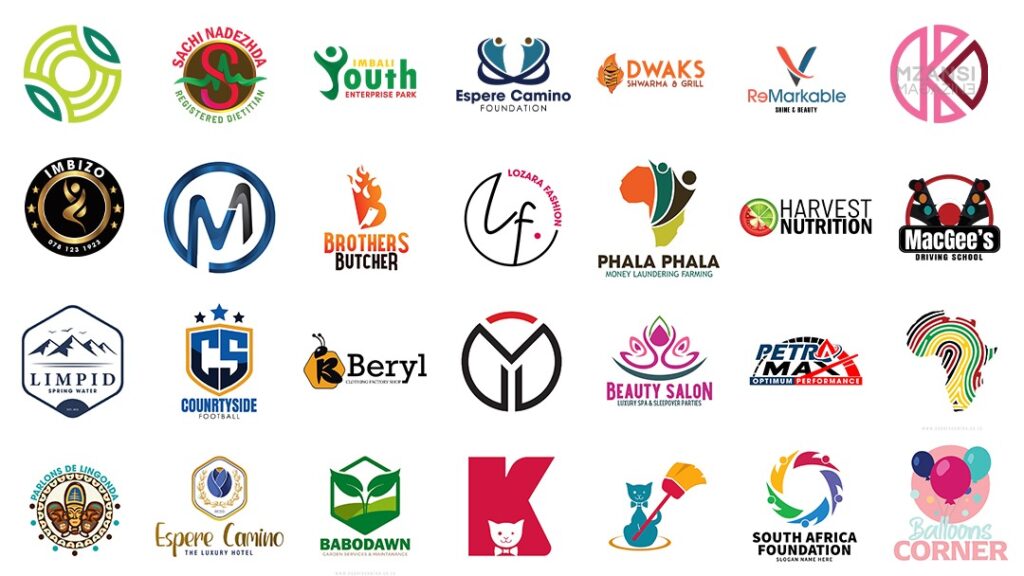Discover the latest trends in modern minimalist logo design.
When we live in a world where there is an abundance of information and pictures competing for our attention, how can a business differentiate itself? How can a business quickly establish recognition and embed itself in the customer’s mind?
both capable and enduring? The solution lies in simplicity’s elegance, as well as the current minimal logo design’s influential silence.
There is more to this than simply aesthetics, despite the fact that simple graphics and clean lines are obviously attractive qualities. The goal here is to reach a brand’s heart by capturing its core values and messages and encapsulating them in a single, potent symbol. We would like to bid you a warm welcome to the realm of contemporary minimal logo design, where less is really more.
Table of Contents
The Allure of Minimalism: Why Less Packs a Powerful Punch
There is no passing craze when it comes to modern, simple logo design. Both nascent businesses and massive corporations have adopted this design concept, which has rooted and flourished. However, what is it about this minimalist style that strikes such a chord in the contemporary design landscape?
- Timeless Appeal: Unlike trends that fade with the seasons, minimal logos possess an enduring quality. Stripped of superfluous elements, they age gracefully, remaining relevant and impactful for years to come.
- Unparalleled Versatility: From the digital expanse of websites and social media to the tangible world of print and merchandise, a minimal logo adapts seamlessly to any size or platform without losing its impact.
- Memorable Simplicity: The human eye naturally gravitates towards clarity in a sea of visual noise. Minimal logos, with their uncomplicated forms and strategic use of space, cut through the clutter and effortlessly imprint themselves on the viewer’s memory.



Deconstructing the Art of Minimalism: 7 Design Trends Taking Centre Stage
The ability to comprehend the fundamental concepts that govern current basic logo design is like possessing a hidden decoder ring, as it enables you to decipher the more profound significance and influence that lie behind these apparently simple masterpieces. We’ll now look at seven common themes that are transforming the field of logo design.
1. Geometric Abstraction: Finding Beauty in Shapes and Forms
It is impossible to deny the allure of geometric forms. Geometric forms evoke a sense of familiarity, equilibrium, order, and stability. In order to generate abstract representations of a brand’s identity, modern minimal logos make use of this inherent strength by using circles, squares, triangles, and the numerous combinations of these shapes.
Imagine a technology business that uses a stylized circuit board motif, which is constructed from interwoven geometric forms, to represent innovation and connectivity.
2. Wordmarks Reimagined: Typography Takes Centre Stage
In order for a logo to have an effect, it does not need complex graphics. The field of simple design is witnessing a rebirth of wordmarks and logos exclusively created from stylized typography. Innovative capitalization, distinctive letter spacing, and careful font selection can transform a basic brand name into a visually striking and memorable statement.
A fashion firm that specialises in handcrafted garments can use a handwritten script font to inspire feelings of workmanship and a customised touch.
3. Negative Space: The Art of What’s Left Unsaid
The region that surrounds the primary components of a design is known as negative space, and it is not just a blank space; rather, it is an opportunity. This technique allows you to add many levels of meaning, create creative visual illusions, and infuse a brand with a sense of mystery.
Think about the famous FedEx sign. The empty space between the “E” and the “x” cleverly shapes into an arrow, which quietly shows speed and delivery.
4. Monochrome Mastery: A Singular Voice’s Power
Contemporary minimalist logos often embrace the startling beauty of monochromatic colour palettes, despite the fact that vivid hues have their place. The use of black and white, or variants of a single hue, exudes refinement and enables the design to take the spotlight without any interruptions.
A high-end furniture business has chosen to use a sleek black and white logo with clean lines to portray an air of refinement and sophistication that will stand the test of time.
5. Line Art: Every Stroke’s Elegant Simplicity
The use of continuous lines and minimal shading distinguishes the concept of line art, lending a sense of understated beauty to logo creation. It is uncluttered, adaptable, and capable of disseminating a startling amount of information and emotion with only a few strategically placed strokes.
The botanical beauty product brand emphasizes the use of natural ingredients and simplicity, showcasing a single blossom through delicate line art.
6. Dynamic Gradients: A Touch of Modern Flair
Although solid colours are frequently associated with minimalism, the use of subtle gradients can add depth, dimension, and a touch of modern flair without detracting from the overall clean design.
A music streaming service employs a gradient of cool blues and purples to create a sense of motion and communicate the fluidity of sound.
7. Responsive Logos: Adapting to the Digital Age
Logos need to be able to adapt fluidly across a variety of screen sizes and devices in order to be effective in today’s increasingly digital environment. It is possible to maintain the visual impact and clarity of a brand through the use of responsive logo design. This is true whether the logo appears as a small symbol on a smartphone or on a billboard.
A news website uses an adjustable logo, adjusting the degree of intricacy and amount of information based on the screen size. This ensures that the website is both visually appealing and simple to read.






Beyond Inspiration: Breathing Life into Your Brand’s Visual Identity
Discovering the world of contemporary minimal logo design is an energizing experience filled to the brim with ideas and possibilities that are almost limitless. Keep in mind that your logo is more than simply a picture; it is the face of your company, a visual shorthand that conveys your beliefs and objectives to the rest of the world.
The adventure of creating a logo that captures the soul of your company is about to begin. Are you prepared to go on this trip? Here are some important things to keep in mind for the future:
- Understand Your Essence: A successful minimal logo design starts with a deep understanding of your brand’s core values, target audience, and unique personality.
- Embrace the Power of Simplicity: Resist the urge to overcomplicate. The beauty of minimalism lies in its ability to convey powerful messages with clarity and conciseness.
- Prioritise Versatility and Scalability: Your logo will live on various platforms and mediums. Ensure its design remains clear, legible, and impactful, regardless of size or application.
- Don’t Be Afraid to Experiment: Explore different typefaces, experiment with negative space, and play with colour palettes. The process of discovering the perfect logo is iterative and often involves exploring uncharted territories.
Conclusion: In a World of Fleeting Glances, A Lasting Impression
Modern basic logo design continues to be a strong light in the ever-changing environment of design, where fads come and go. It is a monument to the lasting strength of simplicity and clarity. By adopting this less-is-more strategy, you are not just following a fad; rather, you are investing in a timeless visual identity that will last the test of time, attracting people and elevating your brand for years to come.

These five FAQs, which are based on the blog post, aim to be engaging and conversational.
1. I like the clean aesthetic, but can a straightforward logo really help people remember my brand? Of course! Consider it a sing-along tune. Have you ever been captivated by a simple tune? This is also true for minimalist logos. Because they are simple to understand and readily recognizable, they break through the visual clutter and leave an impression on people.
2. Monochromatic seems a little… heavy. Does a modern, minimalist logo necessitate that I completely give up colour? Not at all! Although a classic and stylish black-and-white logo may never go out of style, strategic colour usage is still an option. The secret is to have a focused and constrained palette. For instance, subtle gradients may provide depth and visual appeal without compromising a tidy appearance.
3. The term “negative space” sounds very technical. Can I do this simple design idea myself? You can do it without a doubt! Consider incorporating basic forms into your business name or logo first. Is there a clever way to include a double meaning or create a hidden picture using the empty space? Consider FedEx and their well-known arrow! Don’t be scared to explore and draw down ideas—sometimes the most brilliant designs come from simple investigation.
4. What if my brand changes in the future? Will a simple logo eventually seem too restrictive? That’s a wise thing to think about! The versatility of well-designed, simple logos is one of their biggest advantages. Their fundamental forms and typography allow them to grow organically with your brand. While preserving your existing visual identity, you may show development with a little font change or layout adjustment.
5. All right, I’m sold! Is there a way to identify a designer that really “gets” the current basic style? When looking through portfolios, search for designers that have a flair for creating visually arresting compositions with few components, outstanding typographic abilities, and astute use of negative space. Don’t be scared to inquire about their design philosophies; a designer that values simplicity, functionality, and timeless style in their work is probably the best person to realise your idea for a minimalist logo.
